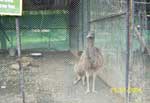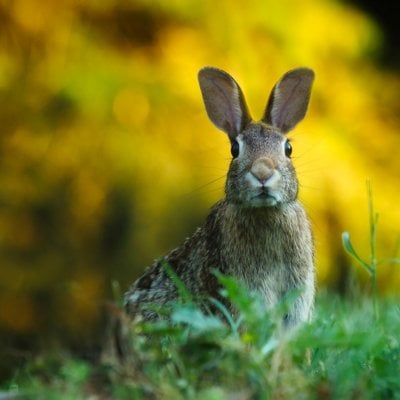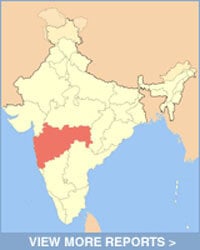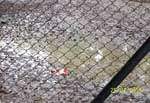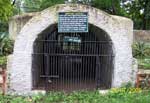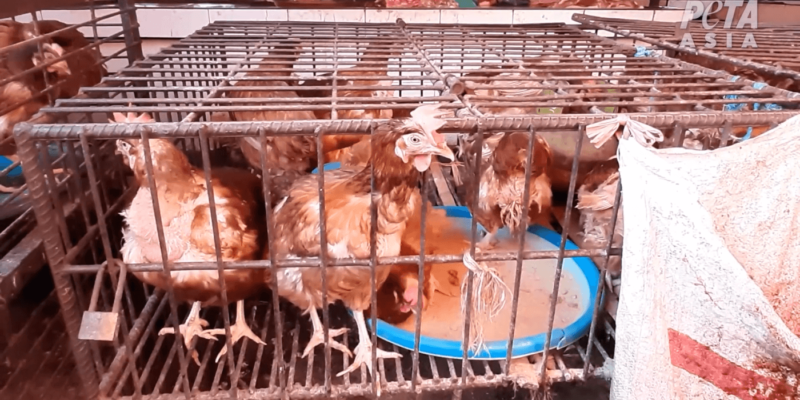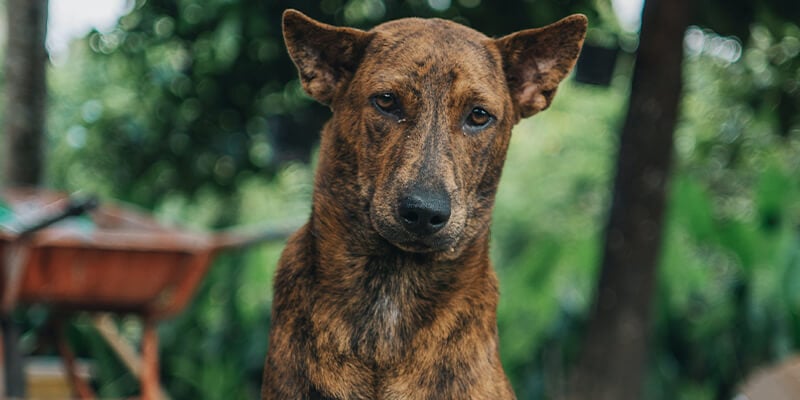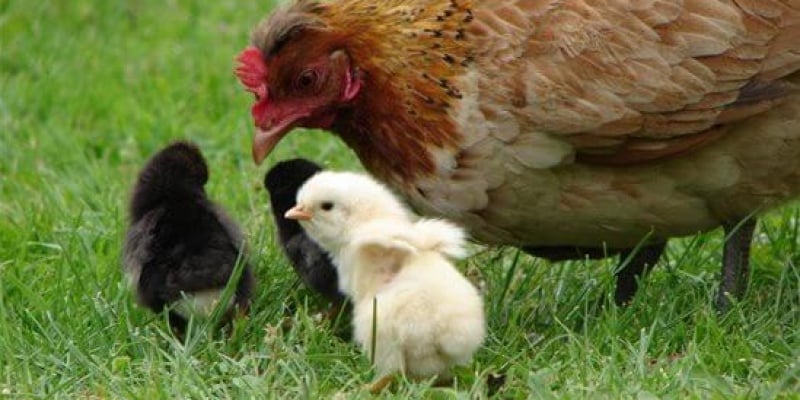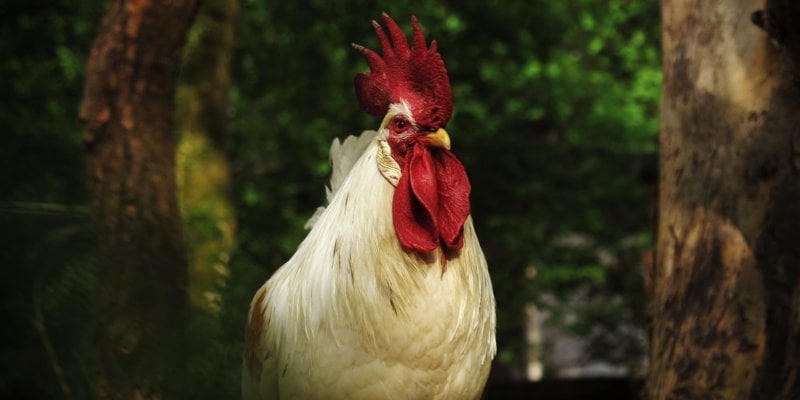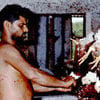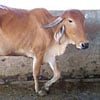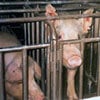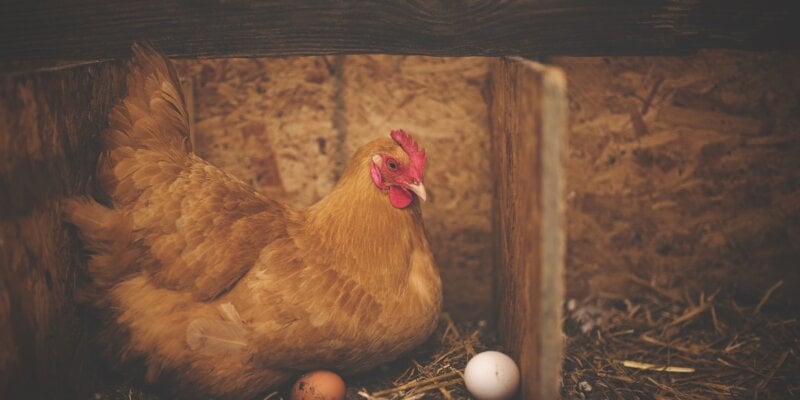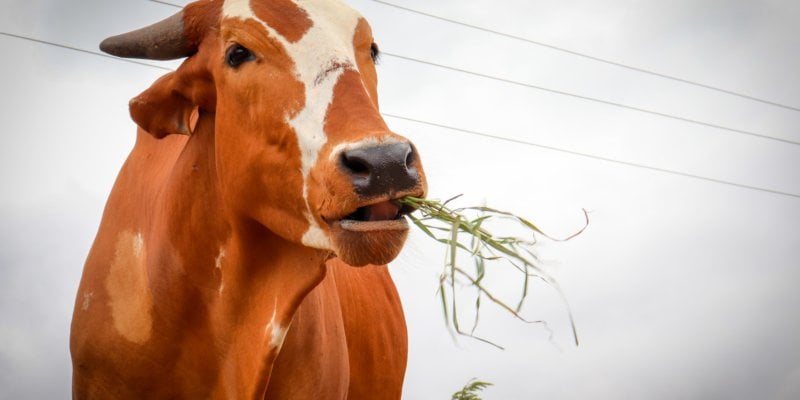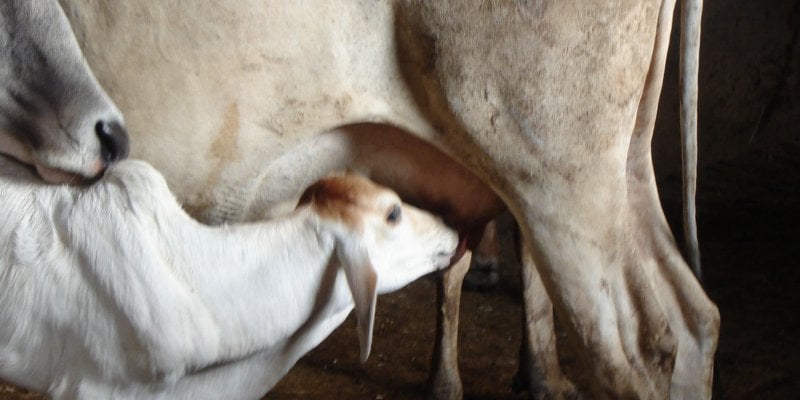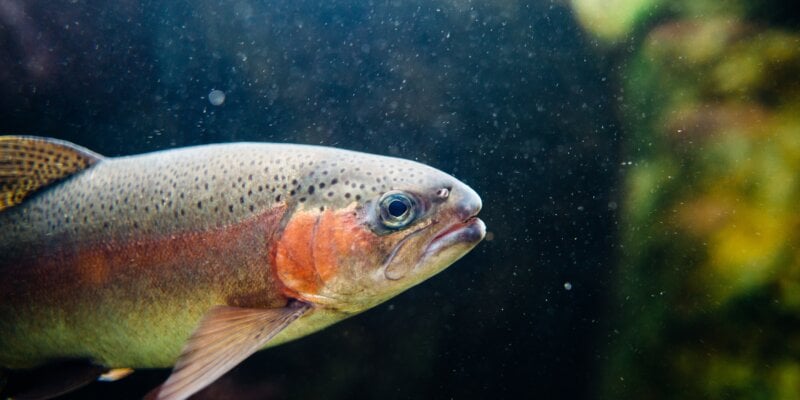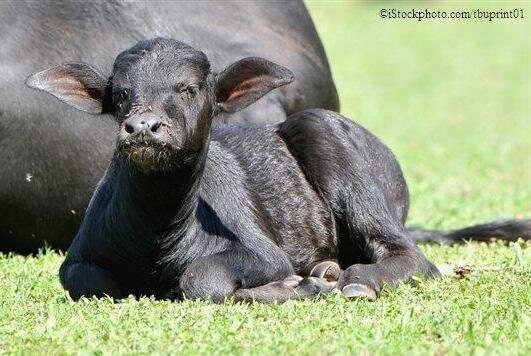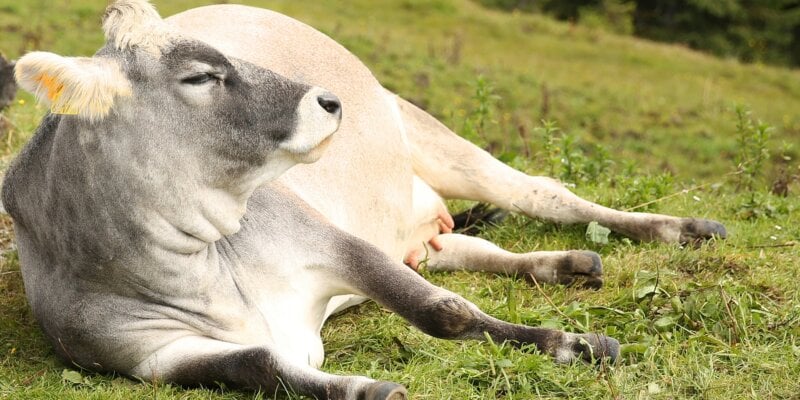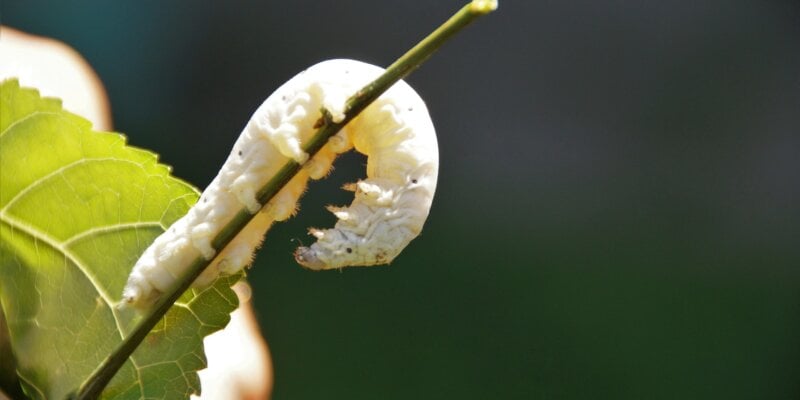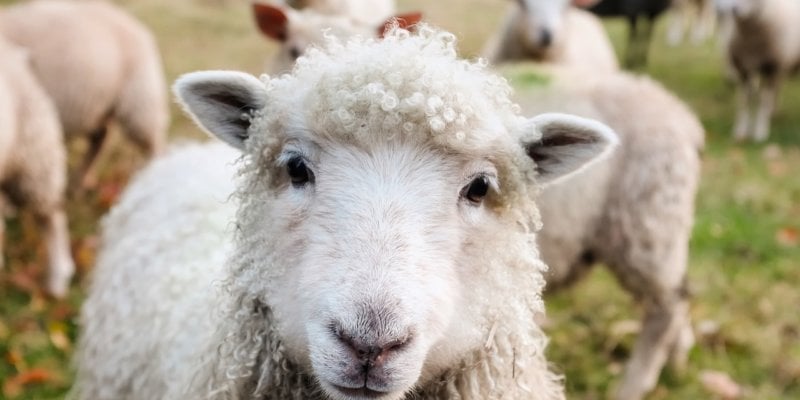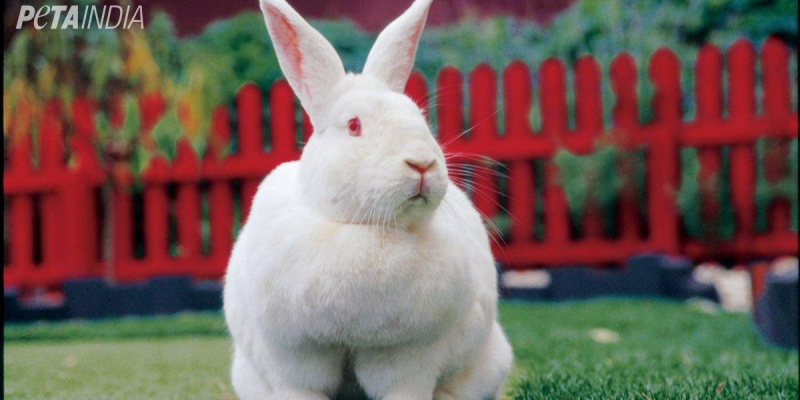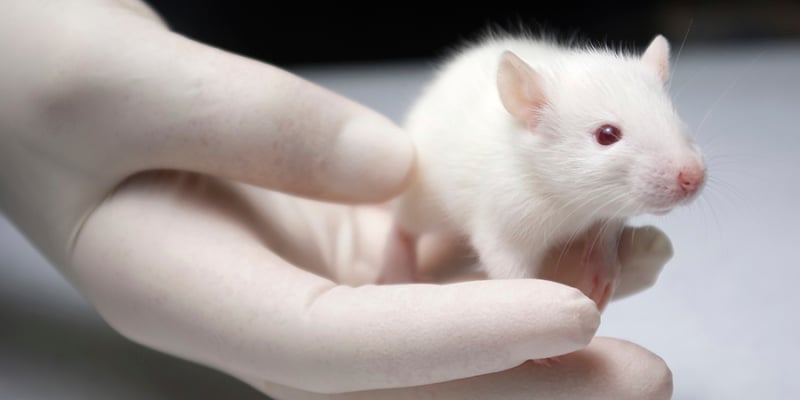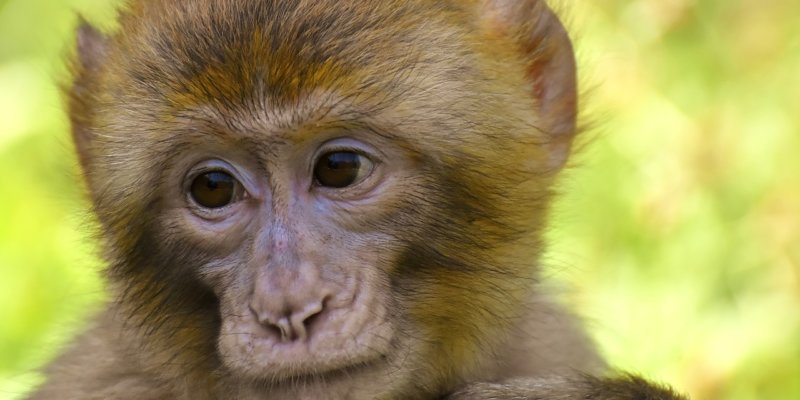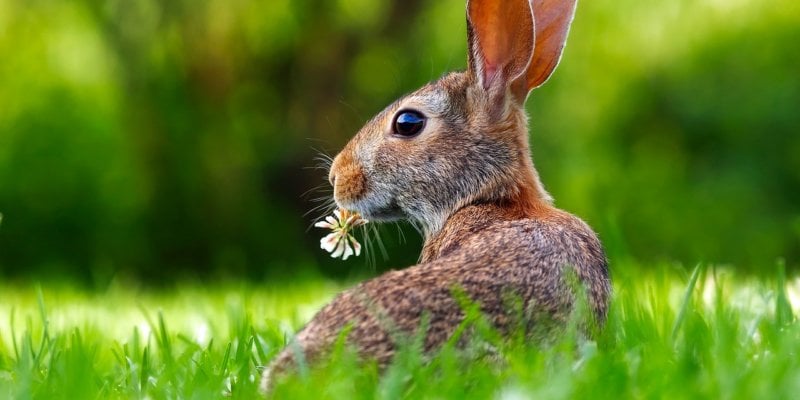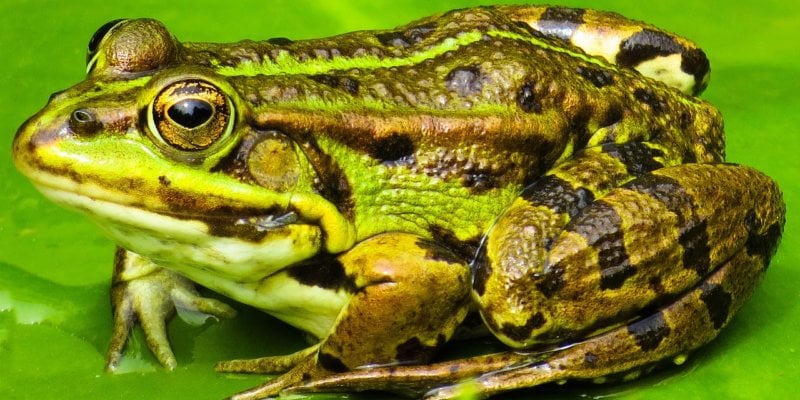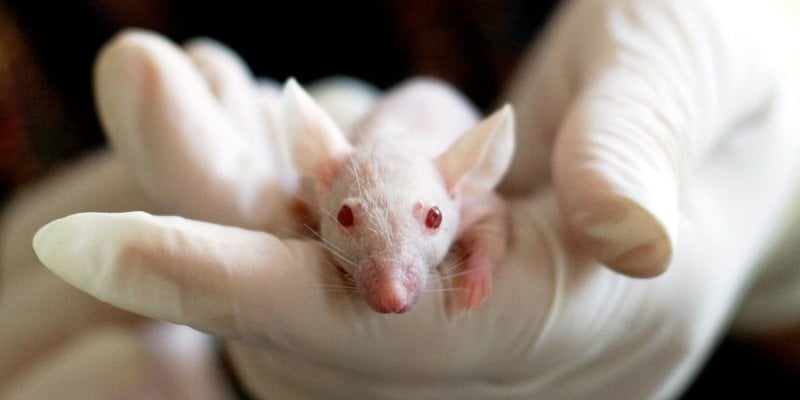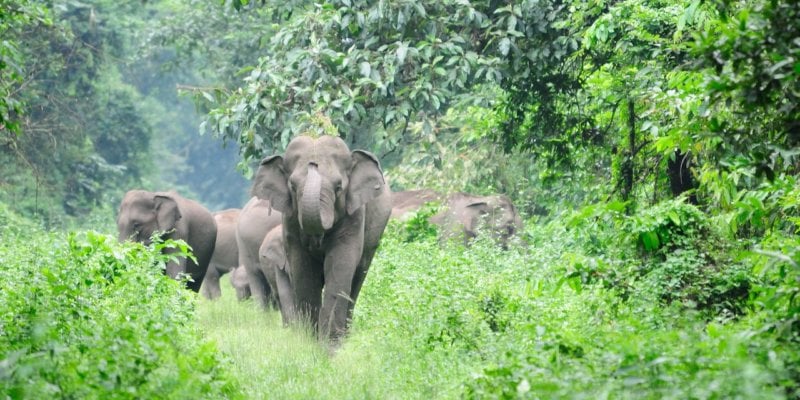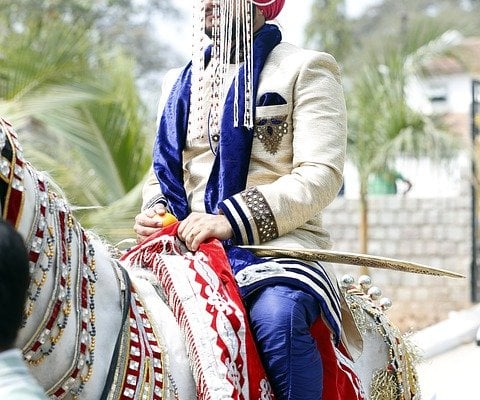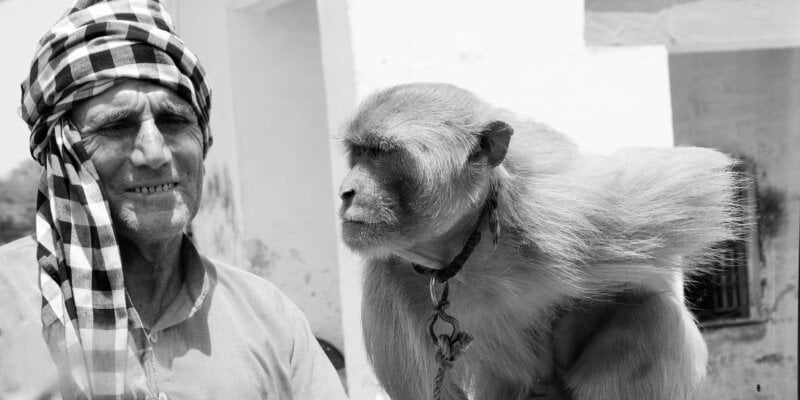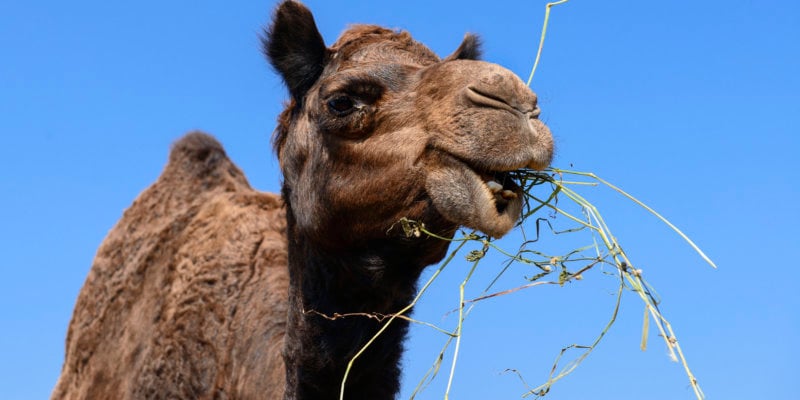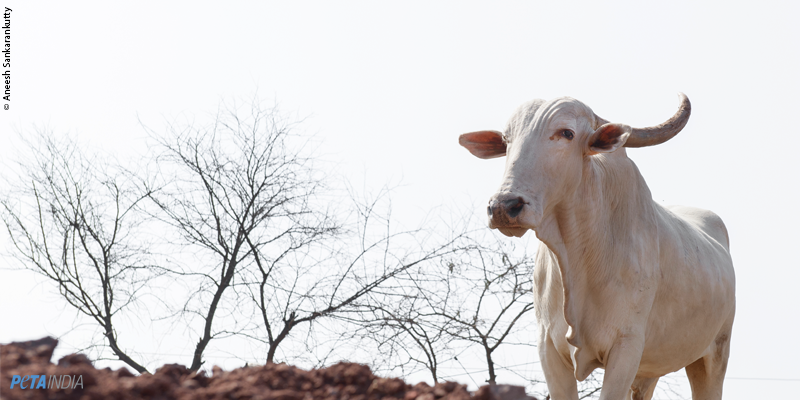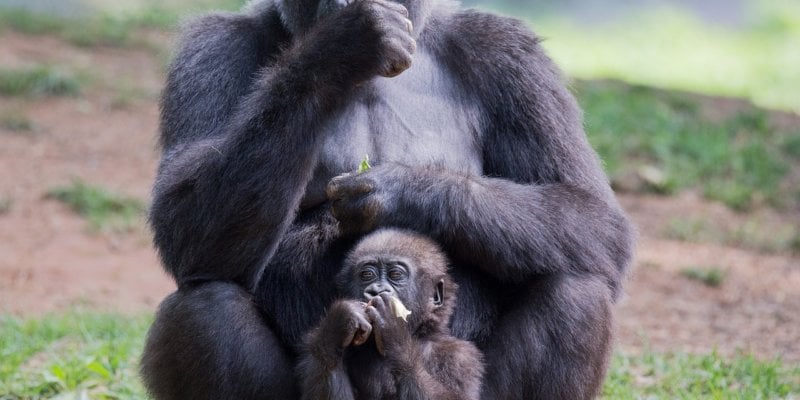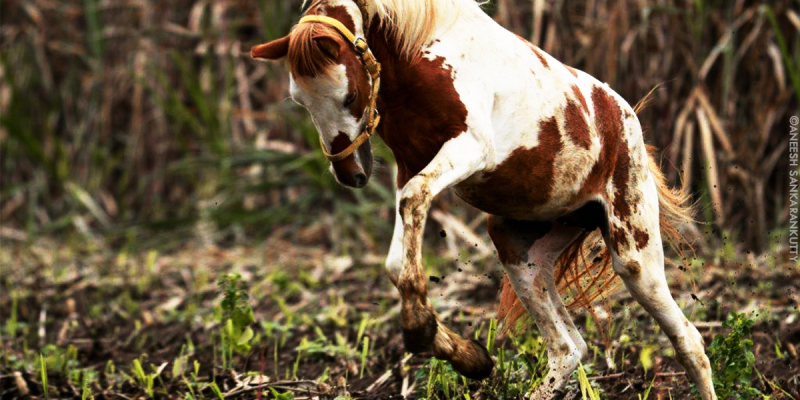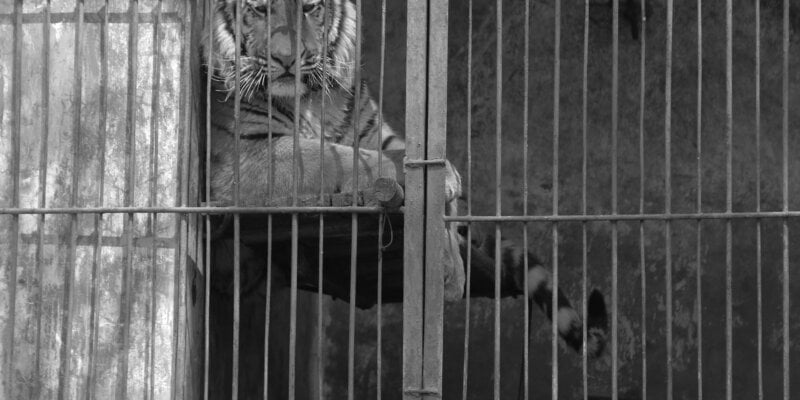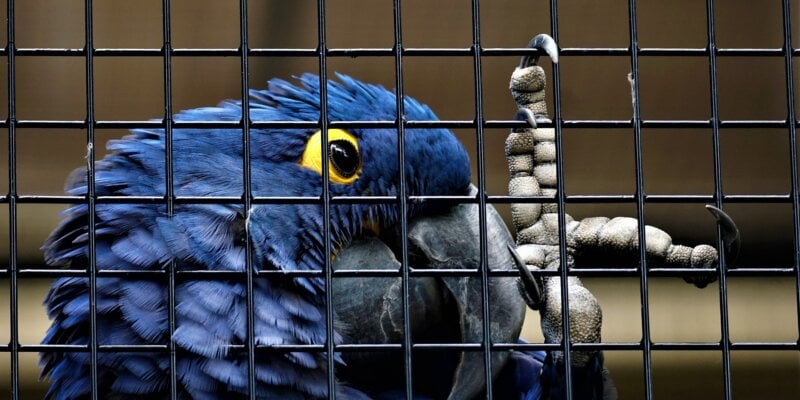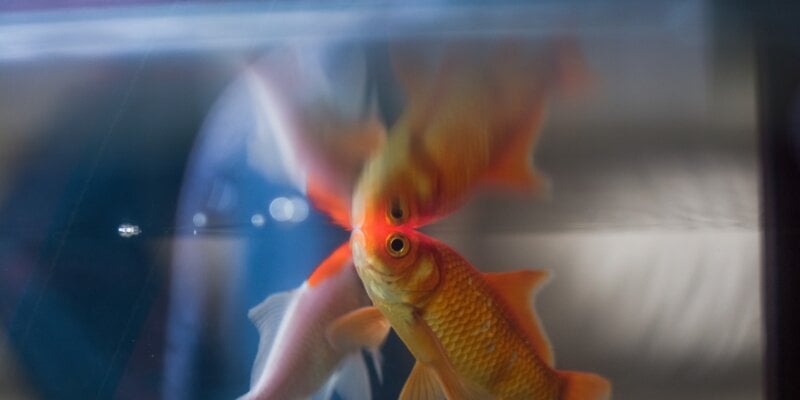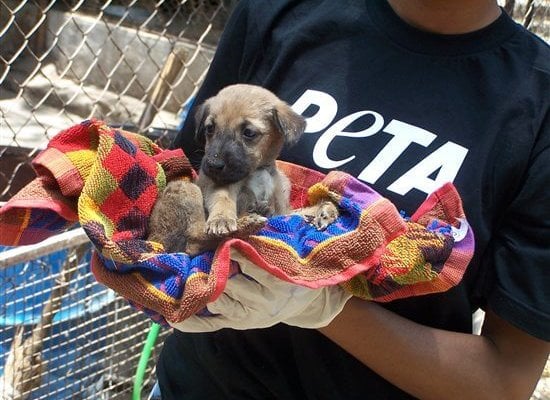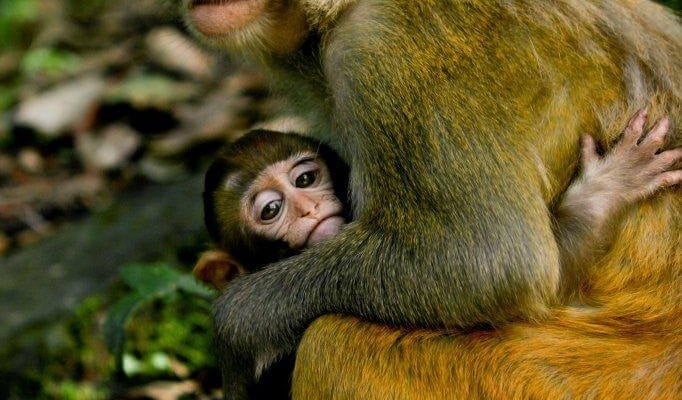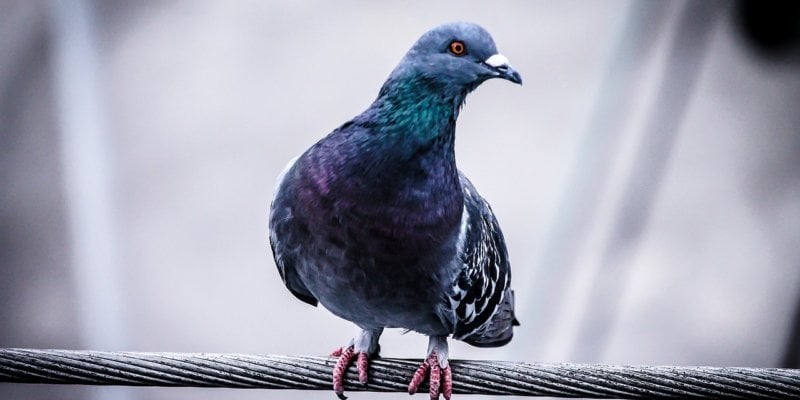Maharajbaug Zoo
Nagpur, Maharashtra
July 2005
- The zoo was located in the Nagpur University compound. When investigators asked for pamphlets or any other information about the zoo, they were told to ask the university to print the materials. The director of the zoo was unavailable.
- Predator species such as leopards were kept in enclosures that were in close proximity to prey species such as sambars.
- The enclosures were too small, and most of them were full of debris and dirt.
- Most of the enclosures were barren – they had no grass or any other enrichment.
- The spotted deer enclosure was littered with trash.
- The leopard, bear and monkey enclosures were all barren and had no enrichment. The enclosures had hard floors and dark, dingy retiring cubicles. The pools of drinking water were dry.
- The pool in the peacock enclosure was dry.
- A jackal lived alone in a dark, dingy enclosure. He ran neurotically from one end of the cage to the other, tried to climb the wall, fell backwards and then continued to repeat this behaviour. There was hardly any sunlight in the cage and no enrichment whatsoever.
- The bird and rabbit enclosures were both poorly maintained. They were made of cement substrate that was covered with boulders and stones. There were no trees for the birds to perch on, and food was strewn across the dirty and wet floors.
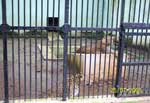 The leopard enclosure’s substrate is slushy and full of stones. The walls and the entrance are covered with moss.
The leopard enclosure’s substrate is slushy and full of stones. The walls and the entrance are covered with moss. 